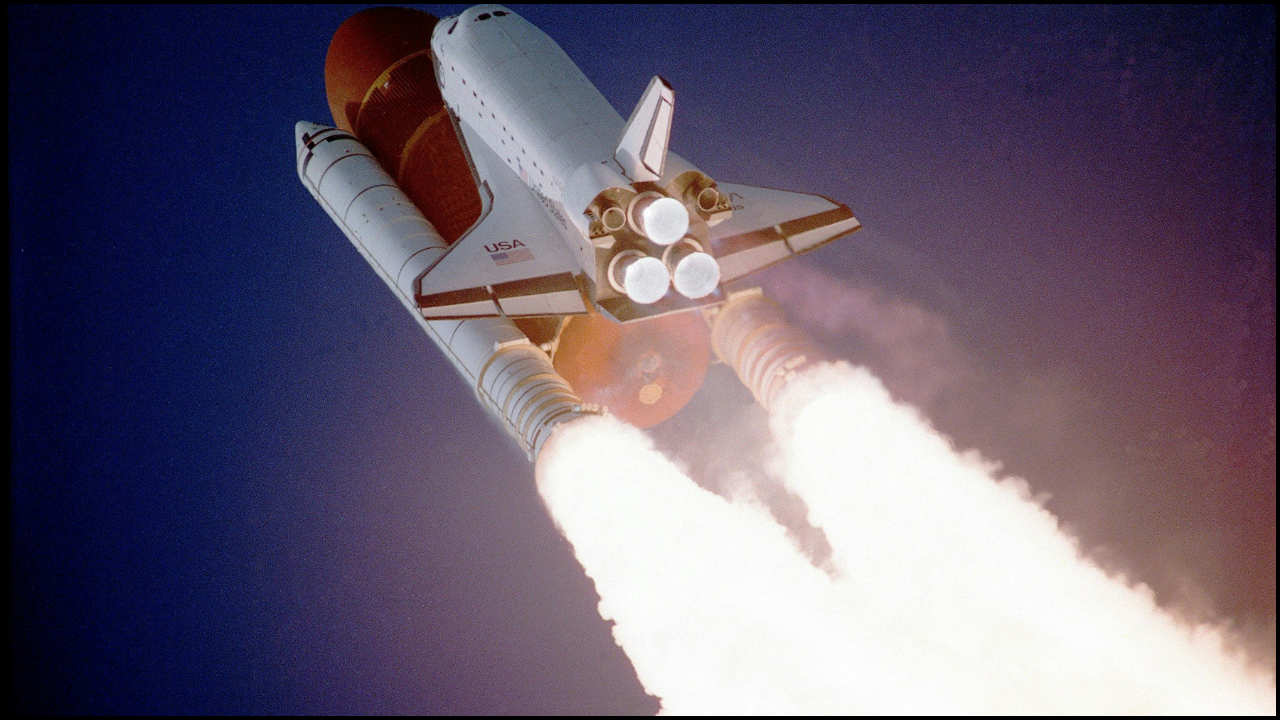Deep space has always posed a challenge to how we send and receive data. For decades, spacecraft have relied on radio waves to transmit messages back to Earth. While this method has served us well, it’s becoming increasingly limited as missions grow more complex and data hungry.
That’s where space lasers come in. With the rise of laser communication in space, we’re entering a new era of high-speed deep-space communication. Let’s explore how space lasers are transforming the way we connect with spacecraft millions of miles away.
Why Do We Need Better Communication in Space?

As space missions become more advanced, they need to transmit larger volumes of data, from high-definition video to massive scientific datasets. For example:
- NASA’s Artemis program will require faster data relay between the Moon and Earth.
- Mars rovers and orbiters collect gigabytes of information daily.
- Deep-space probes like Voyager and New Horizons are too far for fast radio transmission.
Traditional radio communication systems simply can't keep up with these growing demands. The bandwidth is limited, signals degrade over distance, and large antennas are needed to capture faint signals. As data needs multiply, the limitations of radio-based systems become more evident, especially for real-time scientific monitoring and live space operations. That’s why laser communication systems, also known as optical communication systems, are being developed and tested for deep-space data transfer.
What Are Space Lasers?

Space lasers use light waves (usually in the infrared range) instead of radio waves to transmit data. Because light has a much shorter wavelength, it can carry far more information in a single beam.
These space lasers work similarly to fiber-optic cables, but in space. Instead of transmitting through glass fibers, the laser beam travels through space, aiming precisely at a receiving station.
Important benefits of using a laser over radio in space include:
- Higher data rates – up to 100 times faster than traditional radio
- Smaller and lighter hardware
- Lower power consumption
- More secure and focused beams
Major Missions Using Space Lasers

Several organizations and agencies have already tested or deployed laser communication in space:
1. NASA’s Laser Communications Relay Demonstration (LCRD)
Launched in 2021, LCRD tests optical communication in space by relaying data between ground stations and satellites using infrared lasers. It's one of NASA’s first steps toward building a deep-space laser communication network.
2. TeraByte InfraRed Delivery (TBIRD)
Developed by the MIT Lincoln Laboratory and NASA, TBIRD is a small satellite designed to transmit data at 200 gigabits per second, demonstrating the real potential of high-speed space communication.
3. European Data Relay System (EDRS)
Also known as the Space Data Highway, ESA’s EDRS uses laser terminals onboard satellites to relay Earth observation data from low-Earth orbit to ground stations in near real-time.
4. SpaceX Starlink Laser Links
SpaceX has started integrating laser terminals into its Starlink satellite constellation, allowing inter-satellite communication and reducing dependency on ground stations. This is a step toward building a global laser-powered satellite internet.
Advantages of Laser Over Radio Communication
Using laser technology in space communication brings multiple advantages over conventional systems. Here's a breakdown:
Higher Bandwidth
Lasers can transmit significantly more data per second. This means clearer images, faster uploads/downloads, and near real-time video feeds from deep space.
Energy Efficiency
Laser systems consume less power for each bit of data sent. This is crucial for spacecraft that rely on solar panels or have a limited battery life.
Compact Design
Laser communication equipment tends to be lighter and smaller, making it ideal for CubeSats and other small satellite systems.
Secure and Narrow Beams
Laser beams are narrow and focused, making them hard to intercept. This increases cybersecurity in satellite communication.
The Dark Side of Laser-Based Communication
Despite its promise, laser communication systems still face challenges:
- Precision pointing: Because laser beams are so narrow, they require accurate alignment between the sender and the receiver.
- Weather interference: Clouds and atmospheric turbulence can disrupt ground-based receivers.
- Long-distance limitations: Laser systems for deep-space communication must be extremely powerful and precise to work over millions of miles.
Engineers are actively working on solving these challenges through advanced tracking systems, adaptive optics, and satellite relays.
Advancing the Next Generation of Space Communication
As space exploration expands with Mars missions, commercial spaceflights, and interplanetary probes, laser-based communication systems will likely become standard.
Here’s what the future might hold:
- Laser relay satellites that connect spacecraft to Earth 24/7
- 3D-printed laser terminals customized for different missions
- Hybrid communication networks combining radio and laser tech
- Commercial laser communication services offered by private companies
Major players like NASA, ESA, SpaceX, and Lockheed Martin are investing heavily in these advancements.
Global and Commercial Uses of Laser Communication
Beyond deep space, space laser communication systems are also being developed for:
- Military-grade satellite links in the US
- Disaster recovery data relays in Asia
- Laser-backed Earth observation in Canada and Europe
- Low-latency communications for financial institutions worldwide
This growing market is opening doors for investors in space communication technologies, especially those interested in high-speed satellite internet and secure global data transmission.
Conclusion
Space lasers are revolutionizing deep-space communication by delivering faster, more reliable, and energy-efficient ways to transmit information. From NASA’s LCRD to Starlink’s inter-satellite laser links, this technology is changing the way we explore the cosmos.
As more missions head toward the Moon, Mars, and beyond, laser communication in space will play a critical role in making those journeys possible. Whether it’s streaming high-definition videos from another planet or relaying emergency messages in real-time, space lasers are lighting the path forward.
With ongoing research and growing commercial interest, we’re only at the beginning of this optical revolution in space communication—one that promises to reshape how we stay connected across the final frontier.








